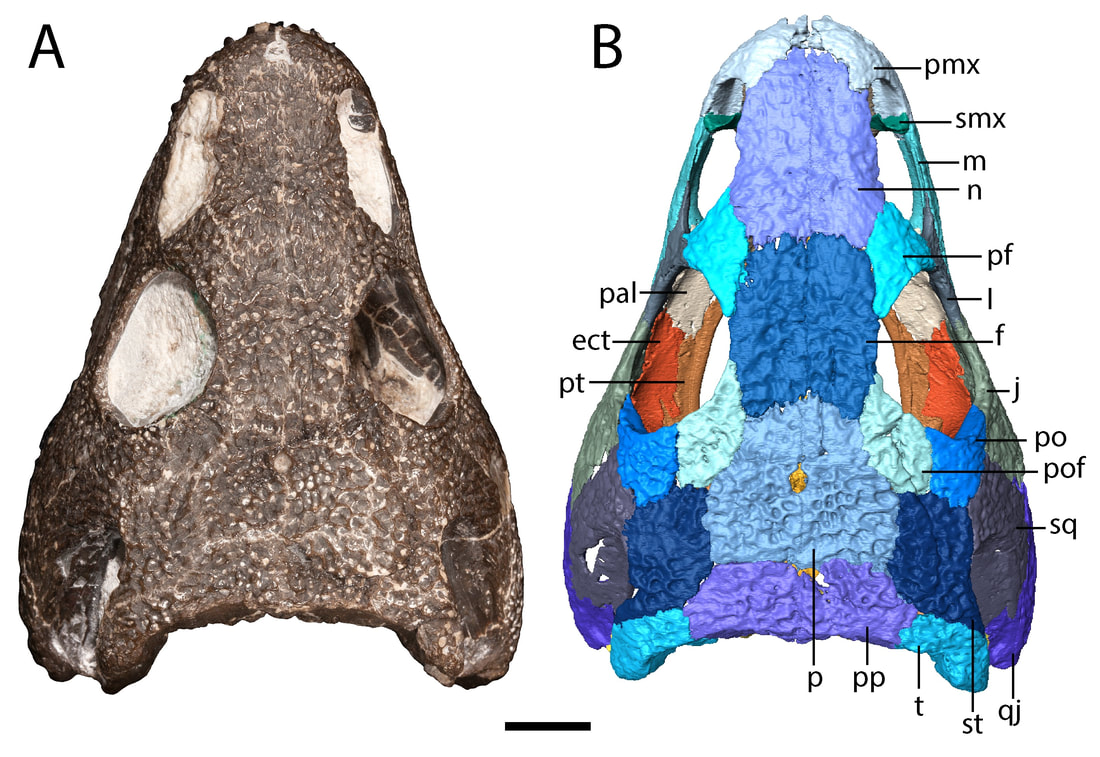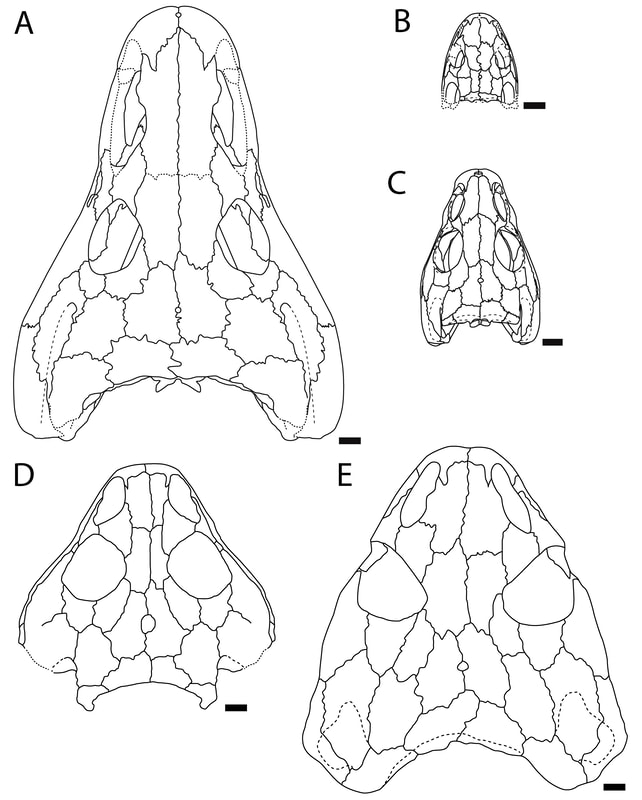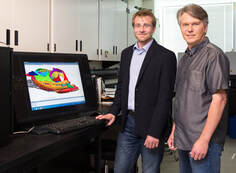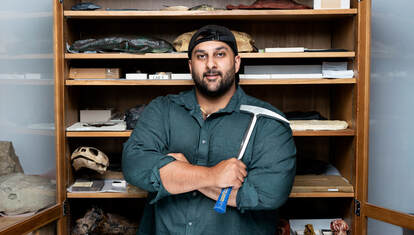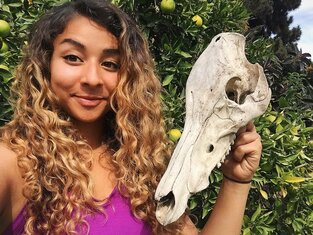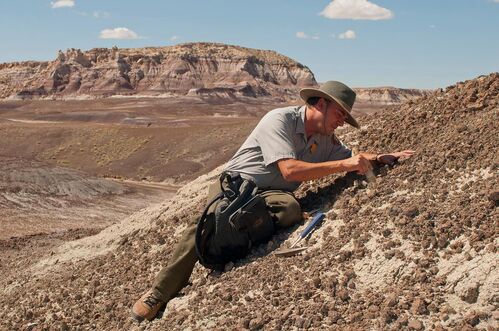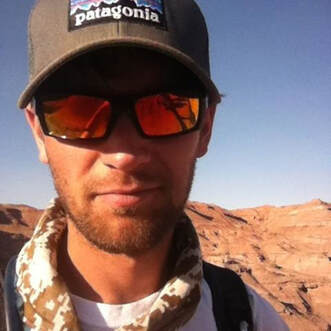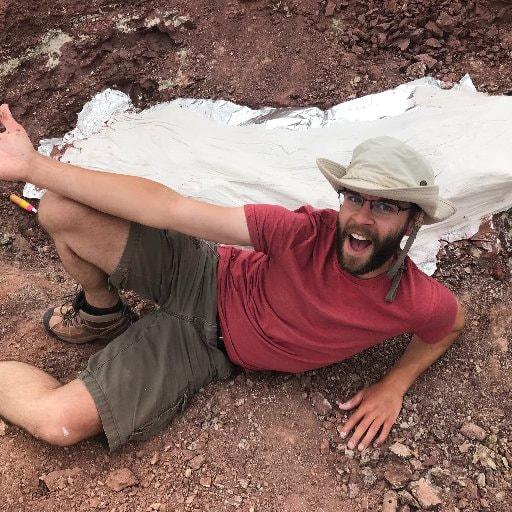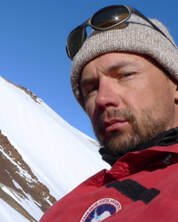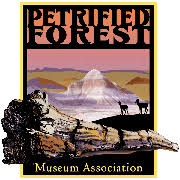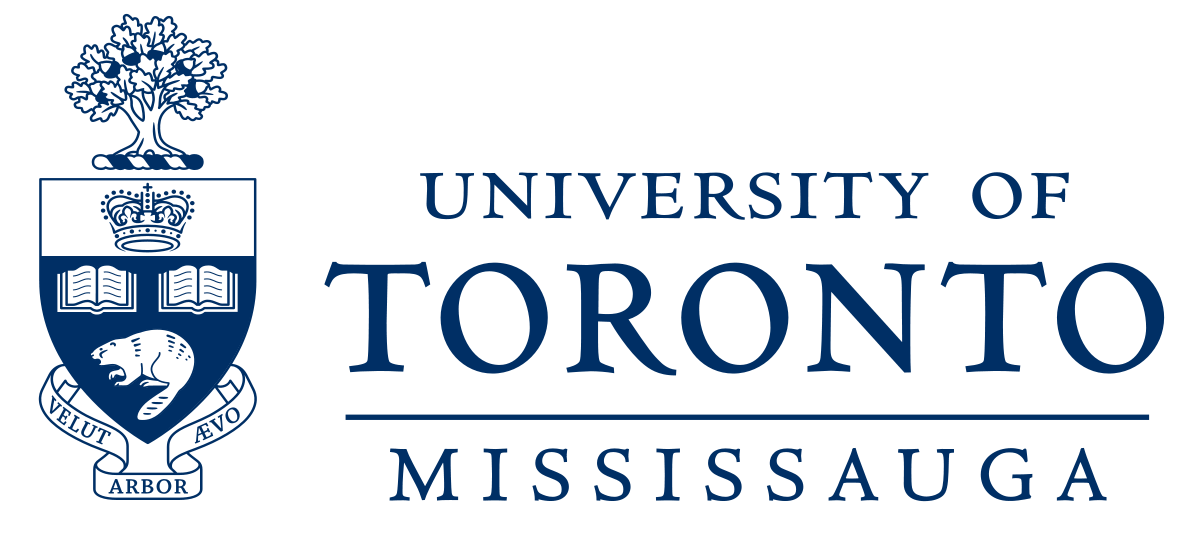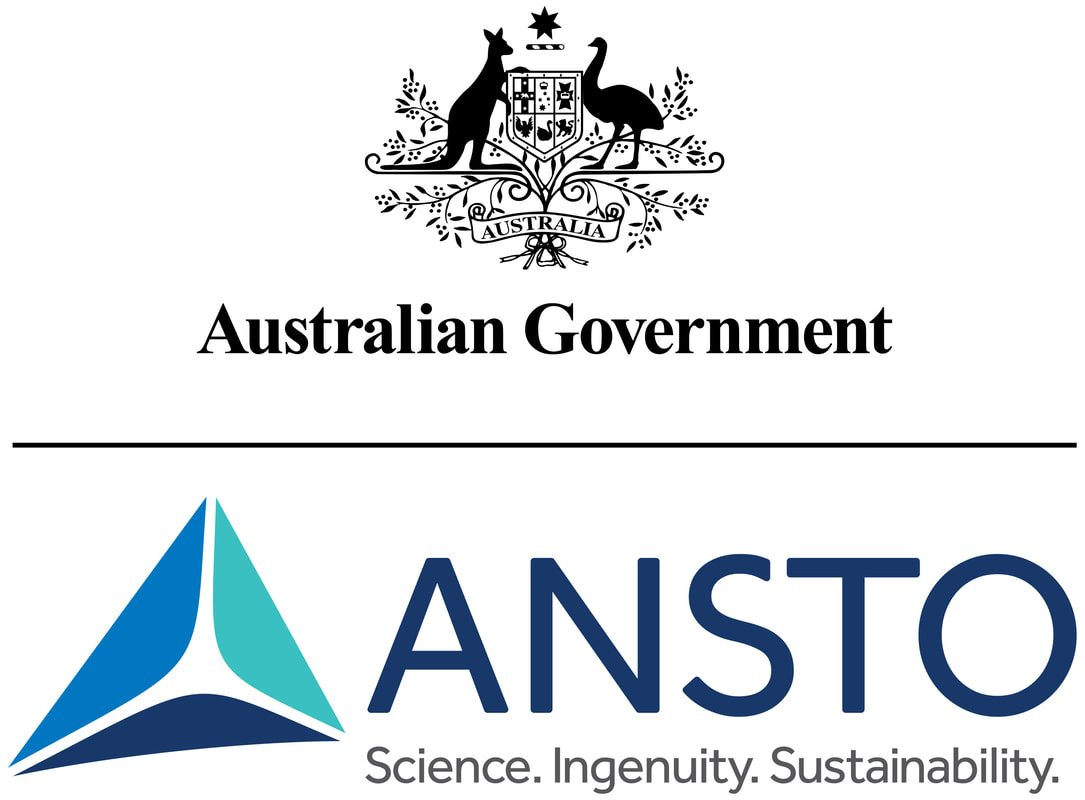Research overviewMy research focuses on evolutionary patterns of a group of extinct amphibians known as temnospondyls. Many temnospondyls were totally unlike anything that we think of today when we picture amphibians - many exceeded 2 meters in length, had hundreds of large teeth in their mouths, and were the apex predators in their environments! The fossil pictured in the banner image of this page is one such example - Cacops from the early Permian (about 289 million years old) and roughly the size of a small dog.
In the broad scope of things, I actually only learned about temnospondyls in 2013 when I was conducting fieldwork in Petrified Forest National Park (PEFO), Arizona, USA and found half of a skull of one. It turns out that not many people are interested in temnospondyls, but as I started reading up on them to learn more about this skull, I started to gain a real appreciation of both the diversity of extinct amphibians and of the major questions related to the evolution of modern amphibians that remain unresolved. At the time (and even now), the origin of modern amphibians (lissamphibians) remains unresolved, large in part due to major gaps in the fossil record between a diverse range of morphologies that are quite disparate from the specialized morphologies seen in lissamphibians. Much of my research is centered on building a better understanding and appreciation of the diversity and evolutionary patterns within temnospondyls, with an eye toward how that informs us of lissamphibian origins and evolution. |
Study systems |
Research methodsI use a variety of methods in my research beyond the traditional "look at this under a microscope for way too long" approach to anatomical descriptions. Bone histology formed the basis for a lot of my early work on metoposaurids in assessing the hypothesis of diminished body size in Apachesaurus, and it continues to inform various projects on organismal growth and tooth development. I also rely heavily on computed tomography (CT), the same approach used by doctors and other medical professionals to image the insides of the human body in a non-invasive fashion. The same methods allow us to gain insights into the insides of fossils, which for any number of reasons may be hard to access. My former lab's collaboration with the Australian Nuclear Science and Technology Organisation has fostered a tremendous amount of data processing over the course of my graduate studies, and I currently have six published articles that incorporated neutron tomography.
|
Research collaborators
Below are a handful of my most frequent collaborators, but I have been lucky to collaborate with dozens of scientists over the years in all settings!
|
Jason Pardo (L) & Dr. Jason Anderson (R)
(Field Museum and University of Calgary) |
Arjan Mann (Field Museum)
|
Yara Haridy (University of Chicago)
|
Ben Kligman (Smithsonian)
|
|
Dr. Bill Parker (Petrified Forest National Park)
|
Dr. Adam Marsh (Petrified Forest National Park)
|
Aaron Kufner (University of Wisconsin-Madison)
|
Dr. Christian Sidor (University of Washington)
|
Research support
My research has been funded by support from the following organisations and institutions to either myself or to my collaborators.
